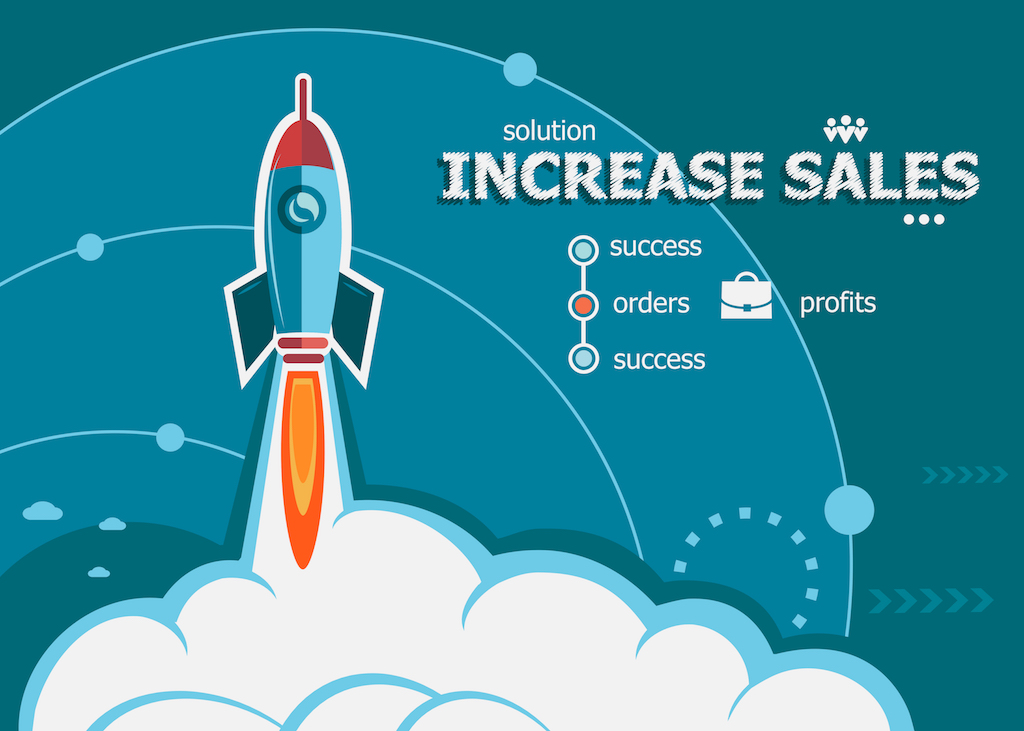Power outages remain a real threat to businesses that rely on data and investing in uninterruptable power supply (UPS) systems makes good business sense, writes Siobahn Meikle from Eaton.
Power outages and blackouts can have a significant impact on a business. If the servers in a data center are without power for even just a few seconds, it could lead to hours or sometimes days of downtime – a single hour of which can cost businesses more than €300,000 – and in some cases up to €5 million.
Such problems aren’t limited to larger organizations. Regardless of its size, a company’s PCs, servers, and network are just as critical to its business as a data center is to a large enterprise. Not only can downtime be costly in terms of a loss of productivity, reputation, and sales, but there will be inevitable delays in rebooting equipment, restoring corrupt files, and re-running any processes that were interrupted.
“A UPS can be considered a sound power protection strategy that provides cost-effective insurance against the impact of potential outages”
Often, there can be imperceptible damage to circuits and other components which, if left unchecked, can lead to premature equipment failure, and lost data.
Many companies will rely on a generator to protect their valuable electronic and electrical equipment against power failure. But a generator by itself won’t be enough. An uninterruptible power supply (UPS), though, will guarantee that the equipment continues to run until the generator kicks in, which can often take several minutes. For this reason alone, a UPS can be considered a sound power protection strategy that provides cost-effective insurance against the impact of potential outages.
Protecting power
A UPS protects an organisation’s IT equipment and other electrical loads from problems such as outages that interrupt electrical supply, performing three basic functions.
It will prevent damage to hardware typically caused by surges and spikes in power. Unlike surge protectors, which do nothing to improve the quality of power feeding a company’s equipment, many UPS models will continually condition incoming power as well.
Crucially, a UPS will also prevent data loss and corruption. Without a UPS, data held on a device that’s subjected to a hard system can be corrupted or, worse, lost entirely. In conjunction with power management software, however, a UPS can facilitate a graceful system shutdown and, in virtual environments, can initiate the migration of virtual machines to a back-up site or cloud.
Furthermore, it will provide ongoing availability for networks and other applications while preventing downtime. Some UPSs can provide enough battery runtime to ride through brief power outages, other can provide hours of runtime, enough for extended outages.
The right solution
There is no one size-fits-all approach to choosing a UPS. Several factors must be taken into consideration when determining which UPS best suits an organization’s specific needs.
A company’s power environment is important, for example. A three-phase UPS can deliver more electrical power than a single-phase and is typically used in industrial and business settings, whereas single-phase UPS systems are used for everyday equipment with lower power requirements such as laptops, lighting, and televisions. Having identified whether the UPS needs to be single or three-phase, the VA or watt rating of a company’s power loads further narrows the selection. In single-phase deployments especially, it often makes sense to choose a UPS that exceeds current power requirements but allows for future growth.
Organisations should determine their runtime requirements, too, as this can significantly affect the cost of the solution. And they should consider how much space they’re willing to designate to their UPS, and where they plan to install it. This will help them establish whether their environment is better suited to a tower or rackmount model, although some UPSs have a two-in-one form factor, meaning they can be deployed in either formation.
Possible future expansion should also be considered at this point. For cost-conscious or budget-constrained organizations, for instance, a UPS with inherent scalability will often deliver the best long-term value, allowing them to increase capacity without the need to purchase additional hardware.
And, of course, manageability is essential. While a UPS will protect the attached load during an outage, power management software will – at the very least – ensure that all work-in-progress is saved, and that electronic equipment is gracefully shut down in the event the outage exceeds the UPS’s battery runtime. Additional monitoring and management capabilities include the logging and notification of power events, integration into virtual and cloud platforms, and remote monitoring of a UPS by service personnel from its manufacturer.
Peace of mind
It’s vital to choose a UPS that meets an organization’s power management needs, especially in the current environment where the potential for blackouts is growing. Not only is there an increasing demand for energy, but factors such as the current geopolitical situation, extreme atmospheric phenomena caused by climate change, and the shift away from fossil fuels to less stable renewable energy sources mean that problems in the global energy system will be felt by businesses everywhere.
In short, by enabling an organization’s systems to run until regular power supplies are restored, a UPS can offer the peace of mind which comes with knowing that, during an outage, its employees can carry on working, no data will be lost, and business will continue as usual.






